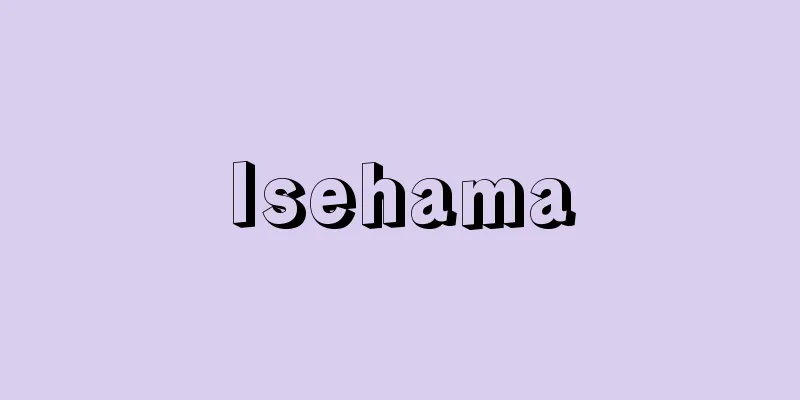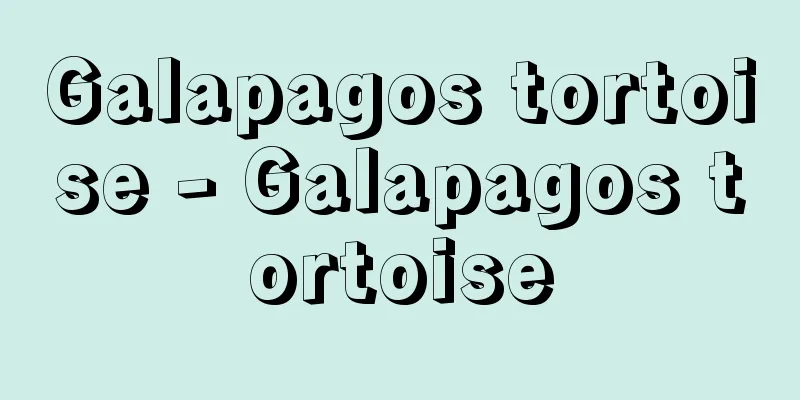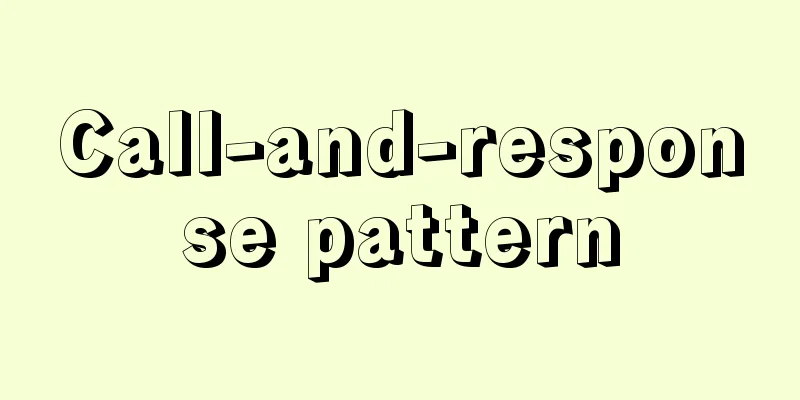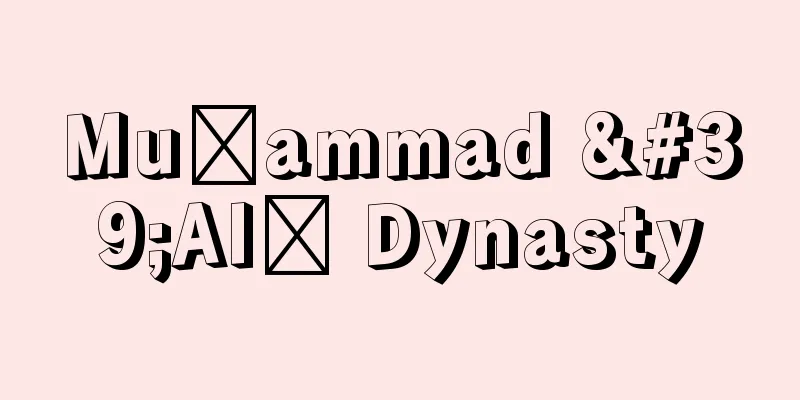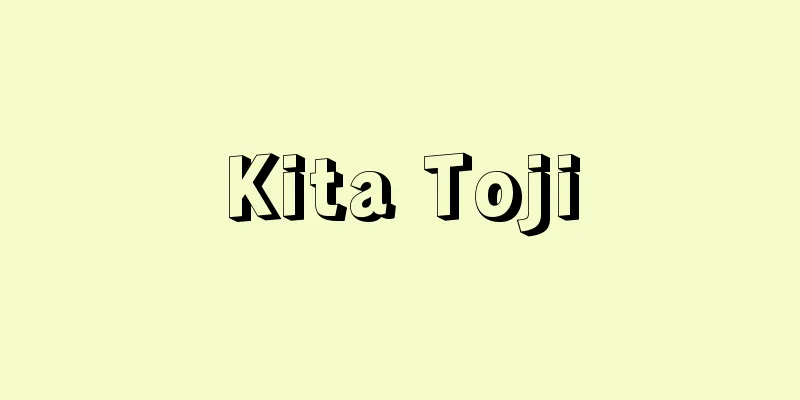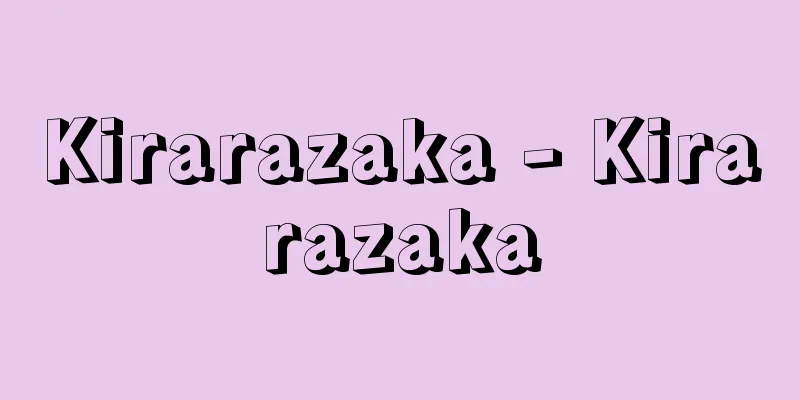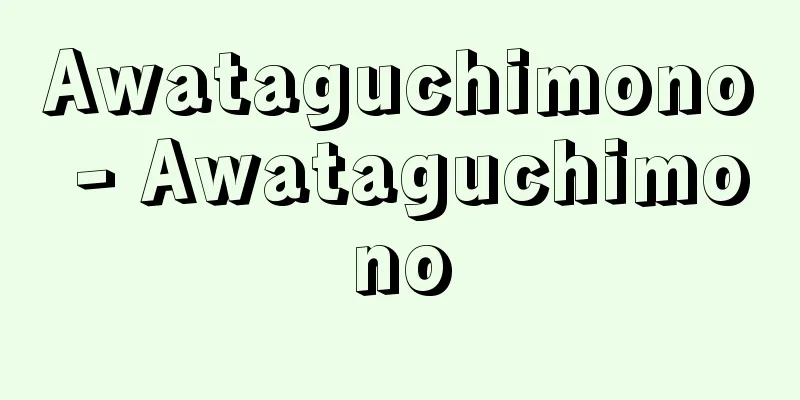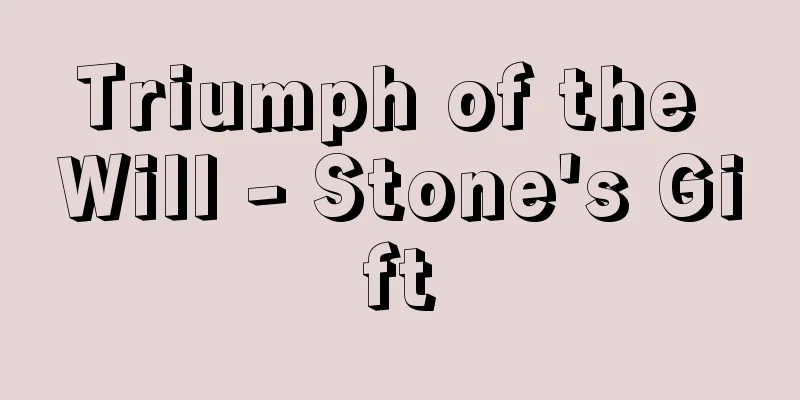Stripes
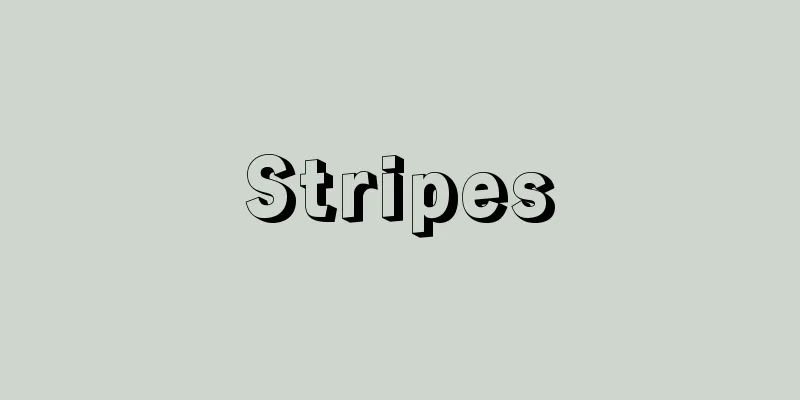
|
A striped pattern consisting of straight or curved lines arranged in parallel or intersecting patterns. This pattern probably arose spontaneously with the beginning of weaving, and was used by all ethnic groups, and developed independently in each country from ancient times. The subtle allocation of the spacing between the parallel lines, the thickness of the lines, and the combination of colors create a truly varied effect. Conversely, if these subtle relationships are ignored, the monotony of the originally simple pattern becomes even more noticeable. It is a simple yet complex pattern in which ordinariness and refined beauty coexist side by side. In Japan, the word "shima" (stripe) is derived from the character for "shima" (island), and cloth imported from the islands of Southeast Asia through the Nanban trade that began in the mid-16th century was called "shimamono" (island cloth). However, because there were so many striped patterns in these "shimamono," it is said that the pattern eventually came to be called "shima" and later "shima" (stripe). However, even before the word stripes was coined, there were names such as "suji" (line) and "kando" (path), and corresponding relics can be found in ancient relics such as Horyu-ji Temple and Shoso-in. If we interpret this in a broader sense, it could also include the linear patterns on pottery and bronze bells from the Yayoi period. However, it was only after the Momoyama period that stripes, which were subordinate to weaving techniques, began to be appreciated for their subtlety with a high level of aesthetic sense. As Morisada Manko writes, "Old ori-suji (stripes) were predominantly horizontal, with many large stripes," it seems that large horizontal stripes were common from the Momoyama period to the early Edo period. In woven stripes, vertical stripes must be prepared from the beginning of weaving, while horizontal stripes can be freely inserted during production, so horizontal stripes are easier in terms of stripe weaving techniques. These technical issues may also be the reason why horizontal stripes first became popular. Later, in the late Edo period, vertical stripes became fashionable. They were widely used by the common people not only in textiles but also in dyed fabrics, especially as stylish komon patterns. Representative examples include katsuo-shima (thick vertical stripes in different shades of indigo), kintoushi-shima (two parallel vertical stripes, then one space between them before repeating the two again), komochi-shima (thick stripes with thin stripes arranged between them), goban-shima (fine checkered stripes with evenly spaced vertical and horizontal stripes like a checkerboard), sen-suji (thin vertical stripes, sen-suji is slightly wider than man-suji), taki-shima (same type as katsuo-shima, with many white areas), san-suji (three stripes), and yoroke-shima (staggered stripes). Western-style stripes are also called stripes, and there are many stripe patterns with their own names. [Muramoto Yu] [References] |©Shogakukan "> Main types of stripes Source: Shogakukan Encyclopedia Nipponica About Encyclopedia Nipponica Information | Legend |
|
直線または曲線を平行もしくは交差状に並べた線条文。おそらく織物の創始とともに自然偶成的に発生した模様で、あらゆる民族が用い、また各国において古代からそれぞれ独立した形で発達した。平行線の間隔の微妙な割り振りと、線の太細、色彩の組合せ方によって、この模様は実に変化に富んだ効果をもたらす。逆にこれらの微妙な関係を無視してしまえば、もともと単純な模様だけに、よけいにその単調さが目だつ結果となる。いわば平凡さと、洗練された美とが隣り合わせにある、単純にして複雑な模様であるといえよう。「縞」ということばはわが国では「島」の文字から転化したもので、16世紀の中ごろに始まった南蛮貿易を通じて、東南アジアの島々から舶来した布を「島もの」とよんでいた。ところが、この「島もの」には線条文がきわめて多くあったため、いつしかこの模様を「島」、のちには「縞」とよぶようになったといわれている。もっとも、縞ということばが生まれる以前から、「筋(すじ)」とか「間道(かんどう)」という名称があって、それに対応する遺品も、古いところでは法隆寺や正倉院などにみられる。また、これをもっと広義に解釈すれば、弥生(やよい)時代の土器や銅鐸(どうたく)の線条文をも含めることができよう。しかし、縞が織物の技法に従属した模様から、高度な美意識でもってその微妙な味わいが鑑賞されるようになったのは桃山時代以後のことである。『守貞漫稿(もりさだまんこう)』に「昔ノ織筋(おりすじ)(縞)ハ横ヲ専トシテ又大筋多シ」と記されているように、桃山時代から江戸初期の縞は大柄の横縞が多かったようである。織縞では、縦縞は織り始めから準備されていなければならないのに対して、横縞は製作中に自由に色糸を挿入すればよいので、縞織りの技法からいえば、横縞のほうが容易である。横縞が最初流行した理由もこうした技術的な問題が関係しているのであろう。 その後、江戸後期になると縦縞が流行する。そして織物のほか染物、ことに粋な小紋(こもん)柄として広く庶民に愛用された。その代表的なものとして、かつお縞(藍(あい)の濃淡で色分けした太い縦縞模様)、金通(きんとお)し縞(2本の縦筋を並行させ、次に1筋間を置いてふたたび2本筋を繰り返したもの)、子持ち縞(太い筋に細い筋を配した縞模様)、碁盤縞(碁盤の目のように縦横の筋が等間隔に置かれている細かな格子縞)、千筋(せんすじ)・万筋(細い縦縞模様、千筋は万筋よりやや間隔が広い)、滝縞(かつお縞と同種、白の部分の多いものをいう)、三筋縞、よろけ縞などがある。また、洋風の縞はストライプとよばれ、個々の名称をもつ多くの縞柄がある。 [村元雄] [参照項目] |©Shogakukan"> 縞のおもな種類 出典 小学館 日本大百科全書(ニッポニカ)日本大百科全書(ニッポニカ)について 情報 | 凡例 |
<<: Yellow-breasted Bunting (English: Yellow-breasted Bunting)
>>: Island - Island (English spelling)
Recommend
Warm receptors
…a general term for receptors that receive temper...
Mundus
…This word originally meant “tidy”, “decoration” ...
roux blanc (English spelling) rouxblanc
… There are two types of binders that thicken sau...
Aster (English spelling) Aster chinensis; aster
An annual plant of the Asteraceae family. Native t...
Sumiika (Ink squid) - Sumiika
It is the market name for cuttlefish (and sometime...
Improvisation - Sokkyo (English spelling)
Improvisation is the act of creating something sp...
Capitonidae
… any bird of the family Capitonidae (barbet), or...
Configuration - Rittaihaichi (English) configuration
The spatial arrangement of atoms or atomic groups...
Uri (cucumber) - Uri
A general term for plants in the Cucurbitaceae fa...
Sur la pointe (English spelling) sur la pointe
…The first male dancer is the Premier Dansour. Po...
Great Slave Lake
A huge lake in the southern part of the Northwest ...
Komae [city] - Komae
A city on the north bank of the Tama River in sout...
The story of Tokuzo Kuwanaya's boat trip
Kabuki Kyogen. Historical piece. 5 acts. Written b...
Ido
…However, contrary to the ideals of its creator, ...
Suborder of Stoneflies - Kitakawageraamoku
…The larvae are food for stream fish and play an ...
